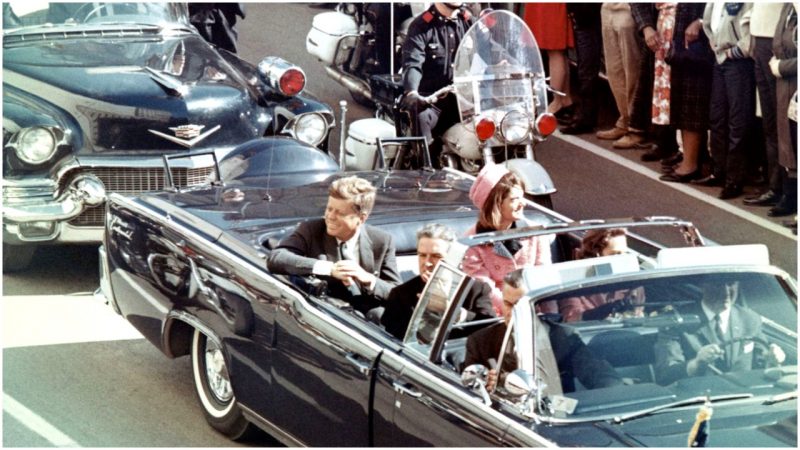The assassination of President John F. Kennedy was a tragedy that scarred the 1960s. The shooting, which took place on November 22, 1963, affected the lives of numerous Americans and influenced the future political course of the country.
Furthermore, it became one of the most debated incidents of the second half of the 20th century and spawned a number of conspiracy theories. Since the truth about the incident remains unknown, the assassination is still a popular topic and both contemporary historians and conspiracy theorists introduce new speculations on a daily basis.
Kennedy, the youngest president in U.S. history and the nation’s first Catholic president ever elected, was assassinated at the age of 46. Throughout his life, he was plagued by a number of serious illnesses and unfortunate accidents that nearly killed him before he was elected president. In the Catholic faith, priests give the sacrament of last rites to people who are believed to be dying. Kennedy actually received the sacrament four times, not including the one he received after he was shot in Dallas.
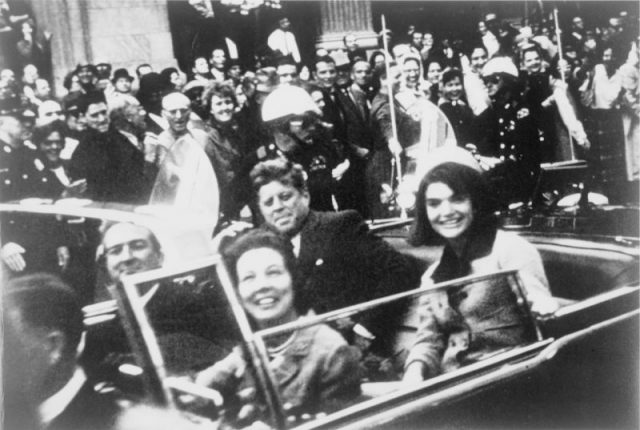
The former president’s first close encounter with death occurred in 1920, when he was just two years old. At that time, he contracted scarlet fever, a dangerous illness that can be fatal for children. His condition was so bad that a priest gave him last rites within days of contracting the illness and doctors predicted a grave outcome. Thankfully, due to his family’s connections, he was treated at the Boston City Hospital and managed to fight off the illness after six weeks of intensive care.
During World War II, sheer luck saved Kennedy from being killed by a speeding Japanese destroyer ship that cut his patrol vessel in half and killed two of his fellow crewmen. However, after the war ended, he was struck by bad luck: in 1948, he was diagnosed with Addison’s disease and hospitalized in London.
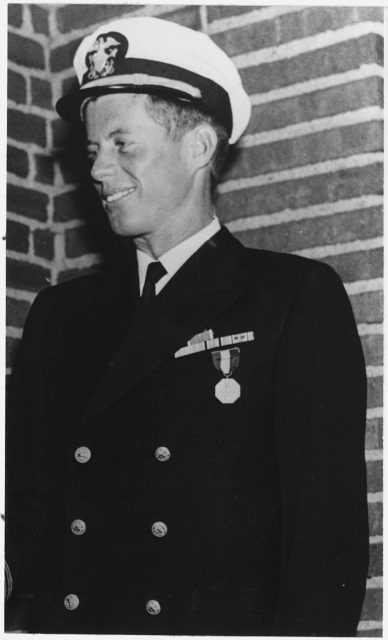
Addison’s disease is a condition that occurs when the adrenal glands are unable to produce a sufficient quantity of certain hormones. The predictions for his future were grim and he was immediately transferred to New York City. During the voyage across the Atlantic Ocean, a priest gave him his last rites for the second time in his life because the doctors were convinced that he would never make it to the U.S. alive. However, he made it and recovered fairly quickly.
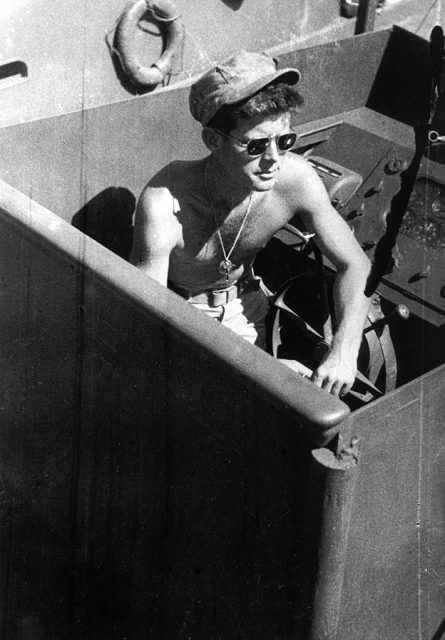
The third time he received the sacrament was also connected to Addison’s disease, which plagued him for the rest of his life. He and his family decided to hide the fact he was ill from the public so that rumors of serious illness wouldn’t impede his political career.
The illness struck again at the time when Kennedy and his younger brother Robert were traveling across Asia. They visited Israel, India, Vietnam, Japan, and several other countries, and Kennedy was hospitalized in Tokyo after a crippling seizure that put him into a coma. Again, Kennedy was visited by a priest, and he managed to recover after Robert Kennedy arranged for his brother to be transferred to a U.S. military hospital in Okinawa where military doctors managed to stabilize his condition.
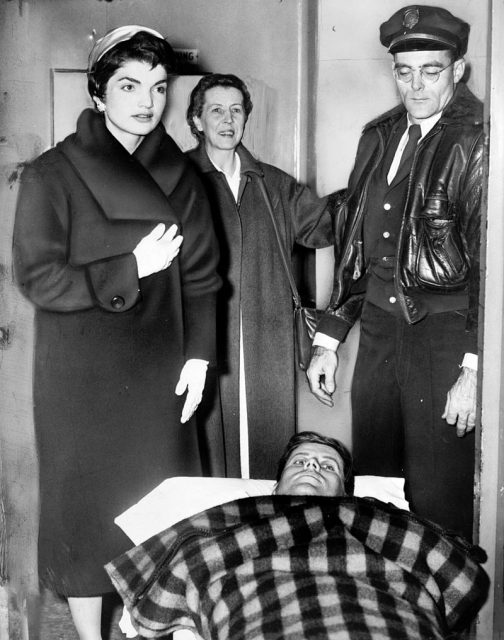
Kennedy received last rites for the fourth time in 1954, when he was already a member of the Senate. He underwent complex back surgery and subsequently contracted a severe urinary tract infection, which worsened because of the Addison’s disease. Kennedy once again slipped into a coma, his recovery was once again in doubt, and a priest arrived to give him last rites. However, he once again managed to recover: after being absent from the Senate for almost a year, he returned in May of 1955 and continued building his political career.
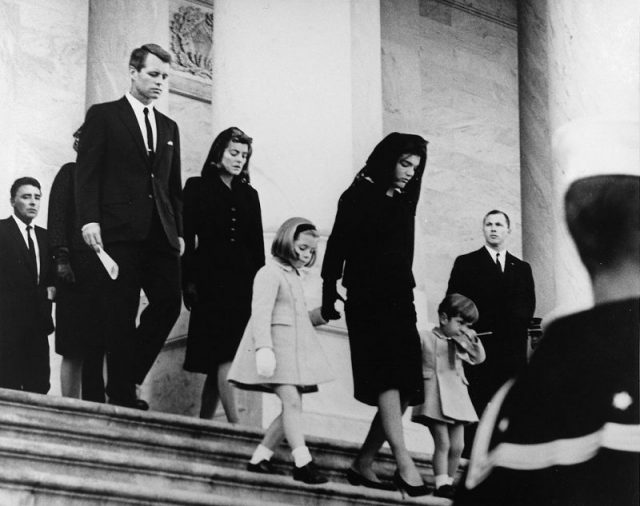
He quickly became a prominent politician and people across the country chose him as their leader because of his commitment to democracy, justice, and progress. His charm and intelligence turned him into a star and his persona became synonymous with the pursuit for a better America.
Sadly, his brief but prolific career ended violently on a day in Dallas after he chose to publicly greet his supporters while driving through the streets in the now infamous black Lincoln Continental convertible.
